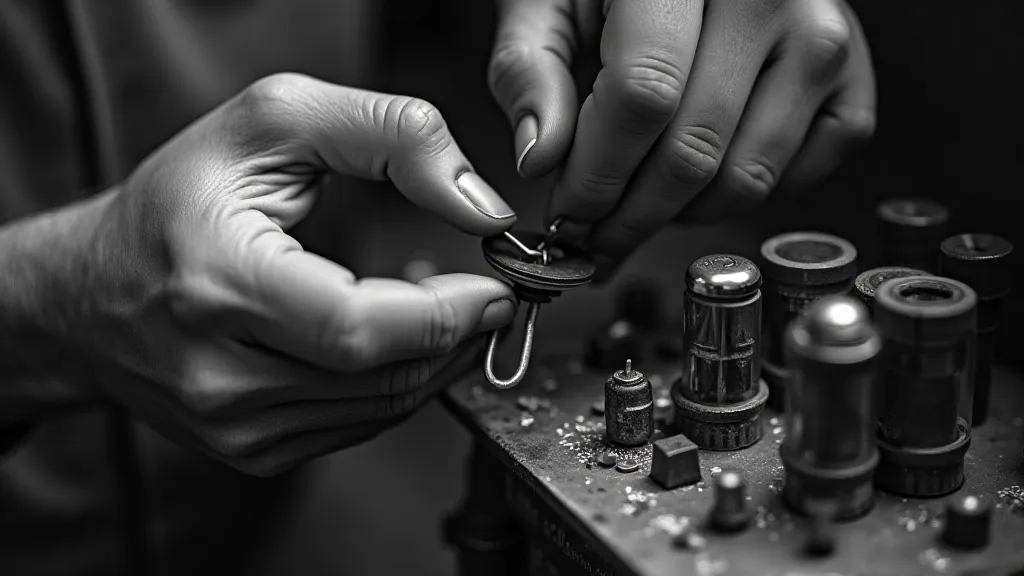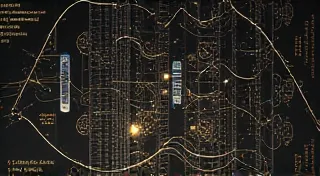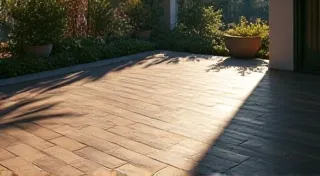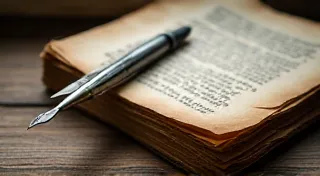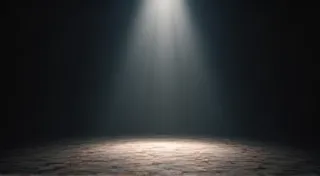Ephemeral Broadcasts: Reconstructing Radio Programming from the Golden Age
The hum. That’s the first thing I remember, even before the crackle and the music. My grandfather, a man of quiet passions, spent his evenings meticulously restoring antique radios. Each repair wasn't merely about functionality; it was about preserving a window into a vanished world. As a boy, I’d sit beside him, captivated not just by the glow of the tubes, but by the snippets of stories he’s have occasionally tell. Stories that seemed to rise directly from the speakers—stories of a time when radio wasn't just a medium, but a shared national experience. It's a feeling I’ve been trying to recapture ever since; a feeling of connection to a past that’s both incredibly close and tragically distant.
Restoring an antique radio is, in a very real sense, about resurrecting that past. But how do we truly resurrect it? How do we bring back the programming—the plays, the music, the news—that once filled those cherished cabinets? It's a formidable challenge, far more complex than replacing a corroded resistor or aligning a coil. We aren't just restoring electronics; we're reconstructing a cultural landscape.
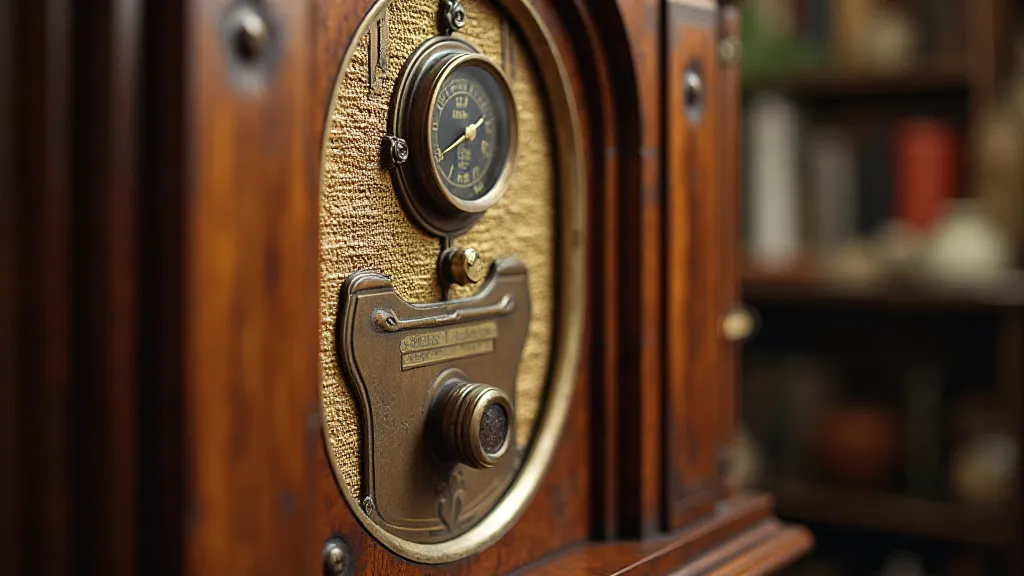
The Lost Signals: Sources for Reconstructing Programming
The initial impulse to understand the programming of these machines is almost visceral. A 1937 Philco, for example, isn't just a beautifully crafted piece of furniture; it was, for its owner, a portal to the world. Imagine families gathered around, listening to the news of the day, the latest big band music, or the thrilling adventures of a serialized drama. But where do we find echoes of those broadcasts?
The most obvious, though often frustrating, resource is the radio itself. Sometimes, particularly with older models, faint traces of signals can be found stored within the components—a ghostly imprint of the last broadcast it received. This is rare, requiring specialized equipment and a deep understanding of radio technology, but it does happen. More commonly, however, we rely on external sources.
Archival resources are paramount. The Library of Congress holds extensive collections of network schedules and transcripts from the Golden Age of radio (roughly the 1920s through the 1950s). These can be difficult to navigate, often incomplete, but incredibly valuable. Similarly, the Paley Center for Media in New York City boasts a remarkable collection of recordings—some original broadcasts, others recreations based on available documentation. University archives, local historical societies, and even private collectors often hold pieces of the puzzle.
Anecdotal Evidence: Whispers From the Past
Beyond formal archives, anecdotal evidence offers another avenue for reconstruction. Old newspapers, program guides, and advertisements can provide clues about popular shows and local programming. Personal memoirs and interviews with people who lived through the era are invaluable. My grandfather, for example, would recount specific programs he remembered listening to as a boy – a weekly drama called "Suspense," a particularly memorable broadcast of Orson Welles’ "War of the Worlds" (which caused, of course, a bit of a stir), and the lively big band performances of Glenn Miller and Benny Goodman.
These recollections, while often imperfect or colored by nostalgia, offer a crucial sense of context. They help us understand not just *what* was broadcast, but *how* it was received. How did families react to the news? What were the cultural conversations surrounding these programs? These insights are impossible to glean from schedules alone.
Technical Analysis: Deciphering the Spectrum
Even the technical aspects of radio restoration can provide clues about the era’d programming. Analyzing the receiver’s bandspread—the range of frequencies it was designed to receive—can offer insights into the stations that were likely popular in a specific geographic area. The quality of the speaker, the sensitivity of the tuner, and the type of tubes used can also provide contextual information. For instance, a radio equipped with a powerful antenna input suggests that its owner was particularly invested in receiving distant stations.
Furthermore, examining the tuning knob and dial markings can reveal the names of stations that were prominent in the radio’s original market. My grandfather had a 1938 Atwater Kent that had the local NBC affiliate clearly marked on the dial. It wasn’t just a receiver; it was a connection to the community.
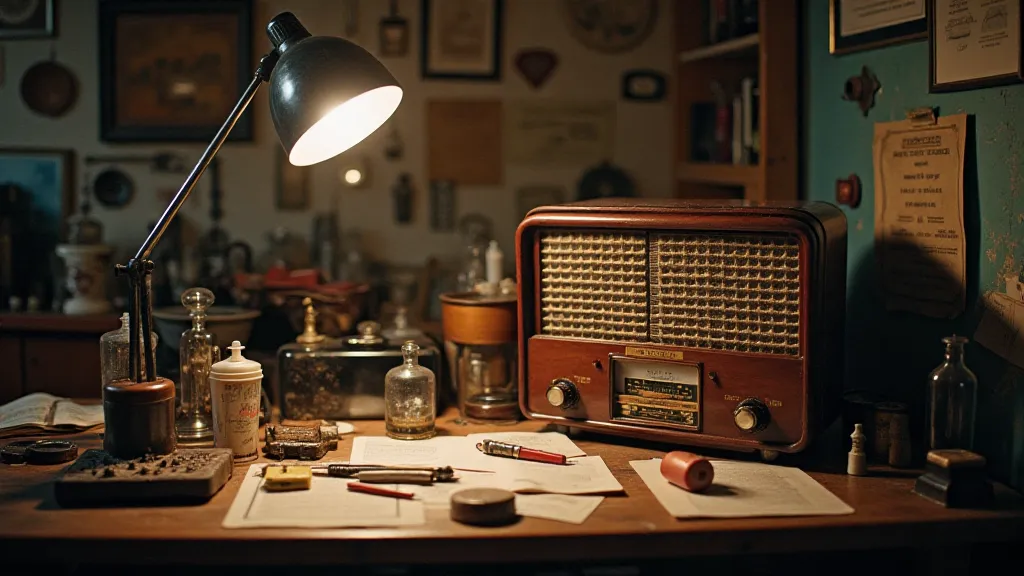
The Impossibility of Perfect Reconstruction
It's important to acknowledge that a perfect reconstruction of antique radio programming is virtually impossible. Many broadcasts were never recorded. Many records were lost or destroyed. Memories fade with time. There will always be gaps in the picture, ambiguities that cannot be resolved.
However, the effort itself is worthwhile. Even incomplete reconstructions offer a profound sense of connection to the past. Hearing a recreated episode of “Fibber McGee and Molly,” even if it’s based on a fragmented script, evokes the spirit of the era in a way that no history book ever could.
The Continuing Craft: Restoration and Remembrance
Restoring antique radios is more than just a technical pursuit; it's an act of preservation, an act of remembrance. Each repaired radio tells a story—a story of ingenuity, of craftsmanship, of a time when radio truly brought people together. By diligently reconstructing the programming that once filled those cabinets, we honor that legacy. We keep the ephemeral broadcasts alive, not just in our minds, but in the warm glow and crackling sound of a beautifully restored antique radio.
For me, the most rewarding aspect of this pursuit isn't just about restoring the radio to operational condition; it’s about understanding the stories it could tell, the communities it served, and the shared experiences it facilitated. It’s a journey into the heart of a vanished world, a world brought back to life, one meticulous repair, one reconstructed broadcast, at a time.
